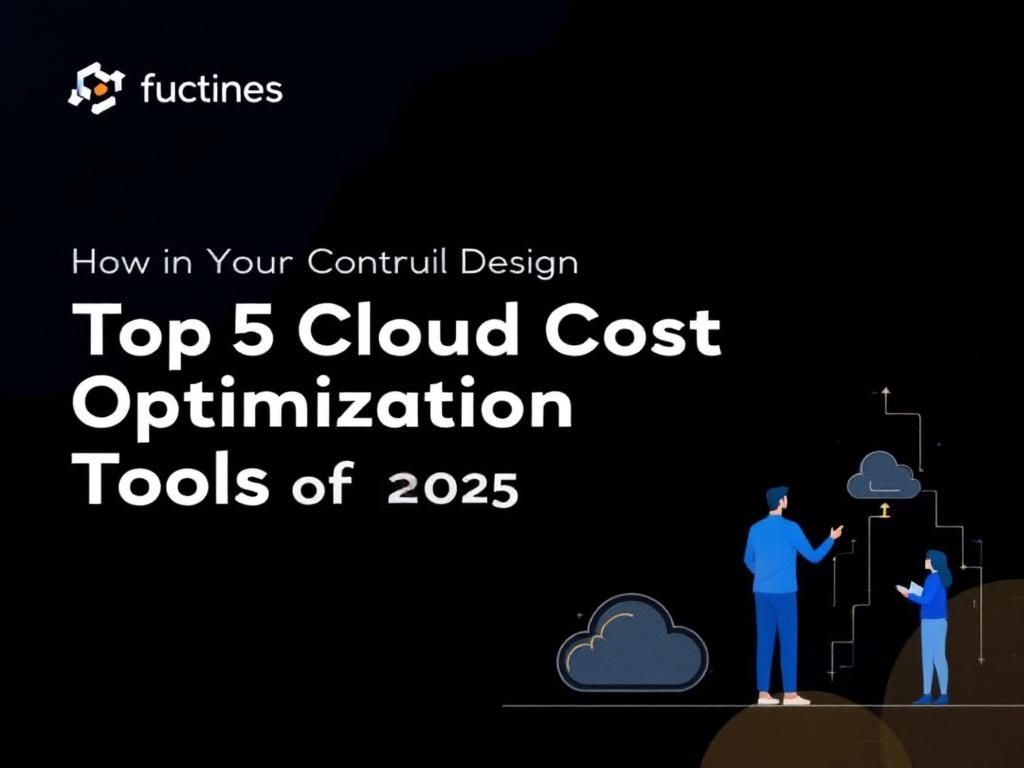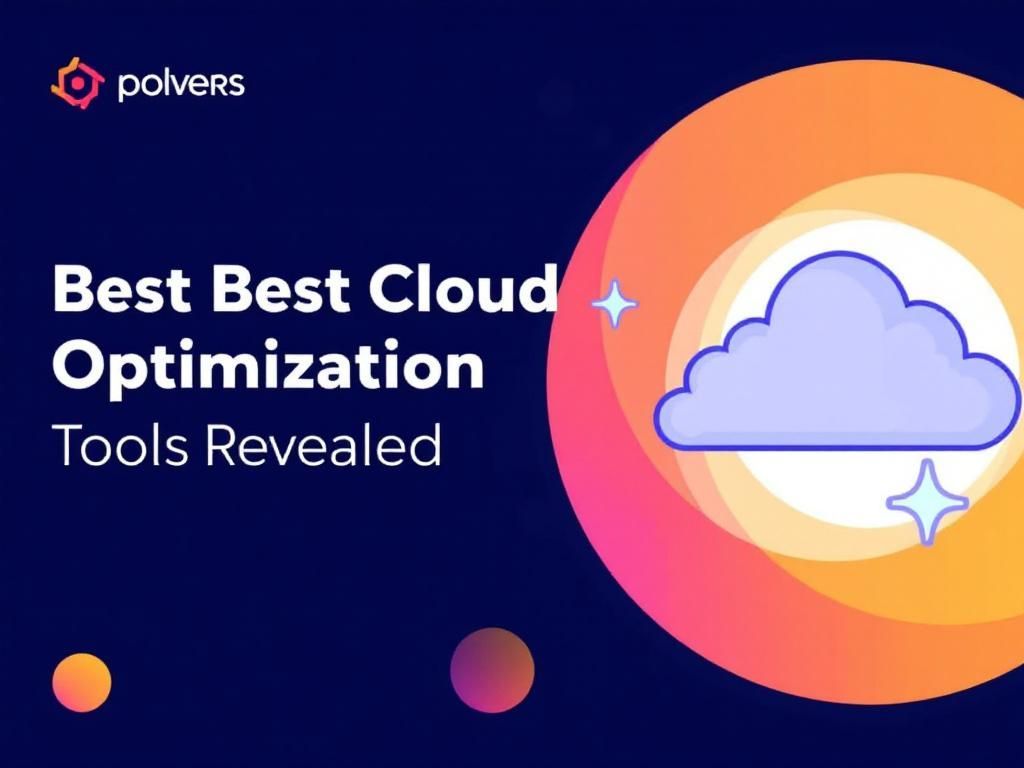Top Cloud Cost Analysis Tools to Optimize Your Budget
Discover the best cloud cost analysis tools to help you manage and optimize your cloud spending effectively.

In the rapidly evolving landscape of cloud computing, managing costs effectively has become a paramount concern for businesses. As organizations increasingly rely on cloud services, understanding and optimizing cloud expenditures is essential for maintaining profitability and ensuring sustainable growth. Companies are faced with a smorgasbord of pricing models and billing complexities that can lead to overspending if not properly monitored. Fortunately, a myriad of cloud cost analysis tools are available to help organizations gain visibility into their cloud spending, enabling them to make informed financial decisions. In this article, we will explore some of the leading cloud cost analysis tools to help you optimize your cloud expenditure.
Table of Contents
Understanding Cloud Cost Dynamics
Before diving into the tools available for cloud cost analysis, it’s essential to understand the factors that contribute to cloud costs:
- Resource Usage: Costs are largely driven by the number and type of resources consumed, such as computing power, storage, and data transfer.
- Pricing Models: Different cloud providers offer various pricing structures, including pay-as-you-go, reserved instances, and spot instances, each with its own cost implications.
- Service Tiering: Many cloud services have multiple tiers, and understanding which tier is most appropriate for your workload can lead to significant savings.
Key Features of Cloud Cost Analysis Tools
When selecting a cloud cost analysis tool, consider the following features that can enhance your cost management strategies:
1. Real-Time Analytics
Real-time data analysis allows businesses to monitor their cloud expenses continuously and make adjustments as necessary. This feature is critical for tracking spending patterns and anomalies.
2. Budgeting and Forecasting
Advanced tools often offer budgeting features, enabling organizations to set spending limits and forecast future costs based on historical data.
3. Cost Allocation
Effective cost allocation helps in understanding which departments, teams, or projects are incurring the most expenses, facilitating better financial accountability.
4. Integration Capabilities
The ability to integrate with other financial and operational systems is crucial for a holistic view of costs.
Leading Cloud Cost Analysis Tools
1. CloudHealth by VMware
CloudHealth is a widely recognized cloud management platform that offers comprehensive cost management features. The tool allows organizations to:
- Analyze cloud usage across multiple providers.
- Optimize spending by identifying underutilized resources.
- Implement governance policies to control costs.
With its intuitive dashboard, users can easily visualize their cloud expenses and make data-driven decisions.
2. CloudCheckr
CloudCheckr provides a robust suite of tools for cloud operations, including cost management, security, and compliance. Key functionalities include:
- Detailed cost reports and dashboards.
- Alerts for budget overages and spending anomalies.
- Resource optimization recommendations based on usage patterns.
3. Spot.io
Spot.io focuses on optimizing cloud costs through intelligent automation. The platform excels in:
- Identifying and provisioning spot instances for significant savings.
- Automating workload management based on real-time pricing.
- Providing insights into instances that can be replaced with cheaper alternatives.
4. AWS Cost Explorer
AWS Cost Explorer is an essential tool for organizations using Amazon Web Services. It offers:
- Visualization of AWS costs and usage over time.
- Custom reports that help track spending trends.
- Forecasting capabilities based on historical usage.
This tool is particularly beneficial for businesses already entrenched in the AWS ecosystem.
5. Azure Cost Management and Billing
For organizations utilizing Microsoft Azure, the Azure Cost Management tool provides:
- Insights into Azure spending and usage.
- Budgeting and alerting features to help prevent overspending.
- Recommendations for optimizing resource allocation.
Implementing Cost Analysis Tools
Once you’ve selected a cloud cost analysis tool, consider the following steps for effective implementation:
- Define Objectives: Clearly outline what you aim to achieve with the tool to guide your analysis.
- Train Your Team: Ensure that your finance and operations teams are trained to use the tool effectively.
- Monitor and Adjust: Regularly review the data provided by the tool and adjust your strategies accordingly.
Case Studies: Success Stories
1. Company A: Reducing Costs by 30%
Company A, a mid-sized tech firm, implemented CloudHealth and achieved a 30% reduction in cloud costs within six months. By analyzing usage patterns and rightsizing their infrastructure, they were able to eliminate wasteful spending.
2. Company B: Enhancing Budget Control
Company B used CloudCheckr to set up alerts for budget overages. This proactive approach not only helped them stay within budget but also provided insights into their spending trends, allowing them to make more informed financial decisions.
Conclusion
The importance of cloud cost management cannot be overstated in today’s business environment. Leveraging the right tools can lead to significant cost savings and improved operational efficiency. As cloud services continue to evolve, investing in cloud cost analysis tools will enable businesses to navigate the complexities of cloud spending, ensuring they remain competitive and financially agile.
FAQ
What are cloud cost analysis tools?
Cloud cost analysis tools are software solutions that help organizations monitor, manage, and optimize their cloud spending across various services and platforms.
Why should I use cloud cost analysis tools?
Using cloud cost analysis tools helps organizations identify inefficiencies, control expenses, and forecast future costs, leading to better budget management and resource allocation.
What are some popular cloud cost analysis tools available now?
Some popular cloud cost analysis tools include CloudHealth, AWS Cost Explorer, Azure Cost Management, Google Cloud Billing, and CloudCheckr.
How do cloud cost analysis tools help with budgeting?
Cloud cost analysis tools provide insights into spending patterns, allowing organizations to set budgets, track usage, and adjust resource allocations for optimized spending.
Can I integrate cloud cost analysis tools with my existing cloud services?
Yes, most cloud cost analysis tools are designed to integrate seamlessly with major cloud service providers like AWS, Azure, and Google Cloud Platform.
Are cloud cost analysis tools suitable for small businesses?
Absolutely! Cloud cost analysis tools can benefit businesses of all sizes by providing insights and recommendations to manage cloud expenses effectively.








